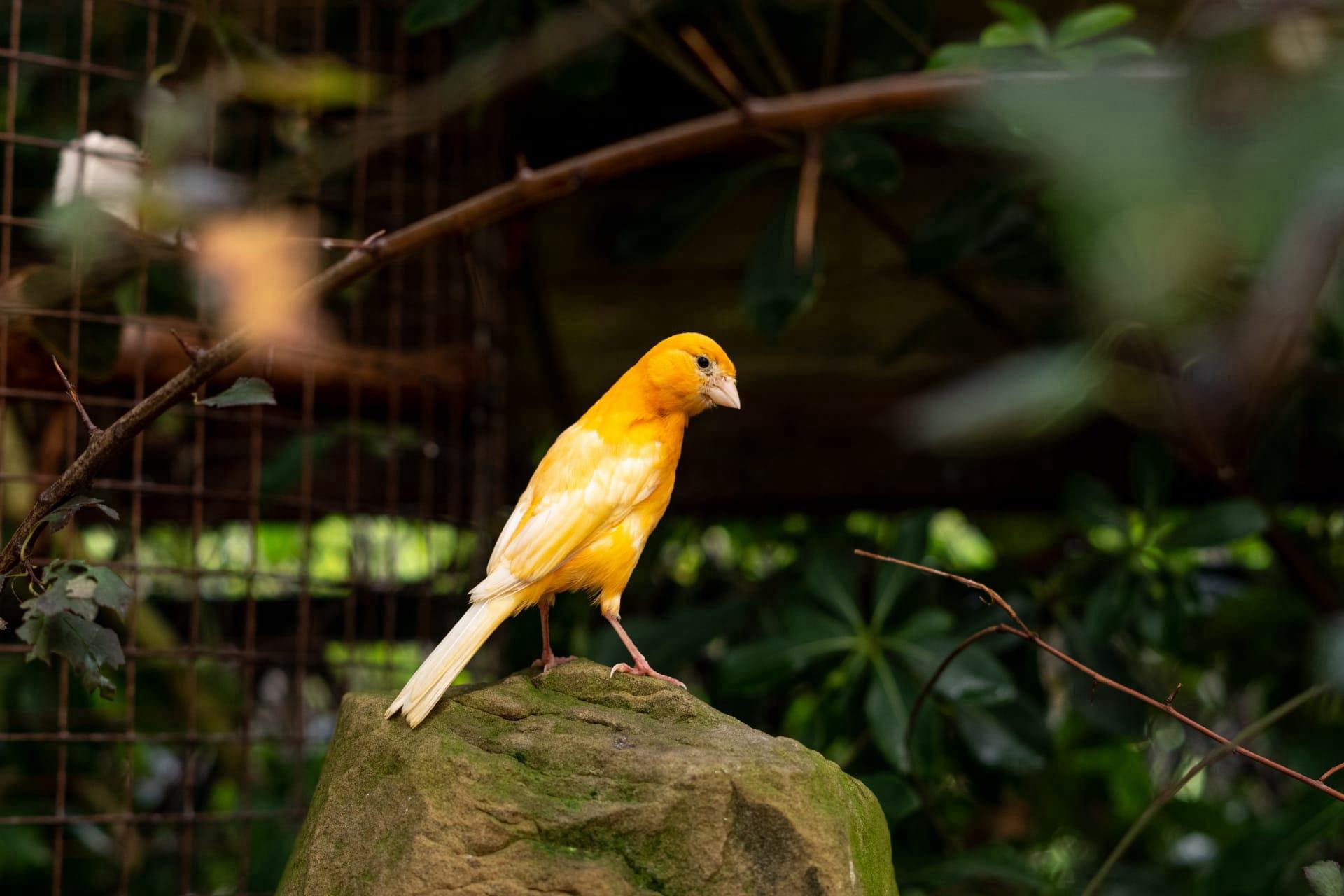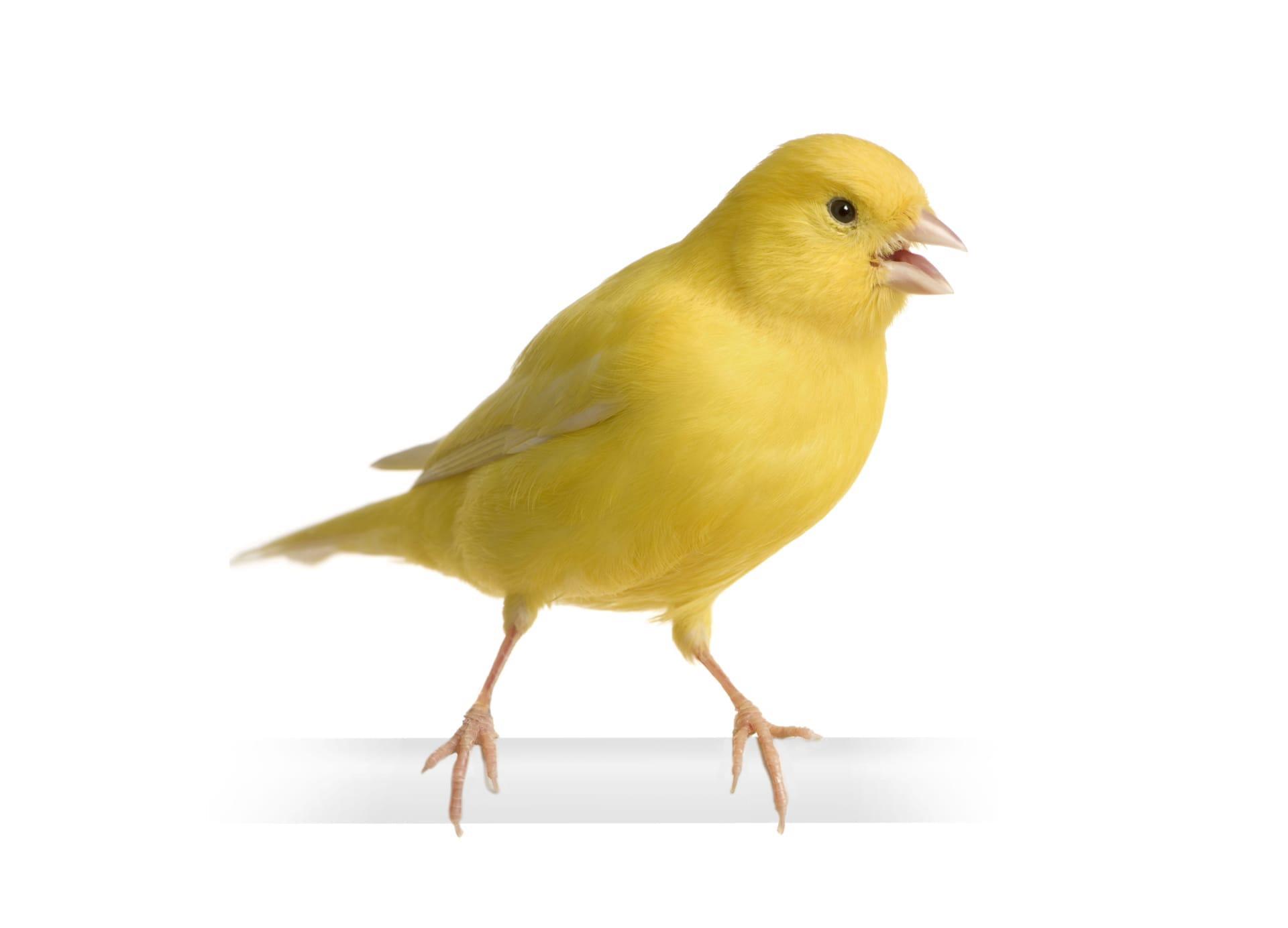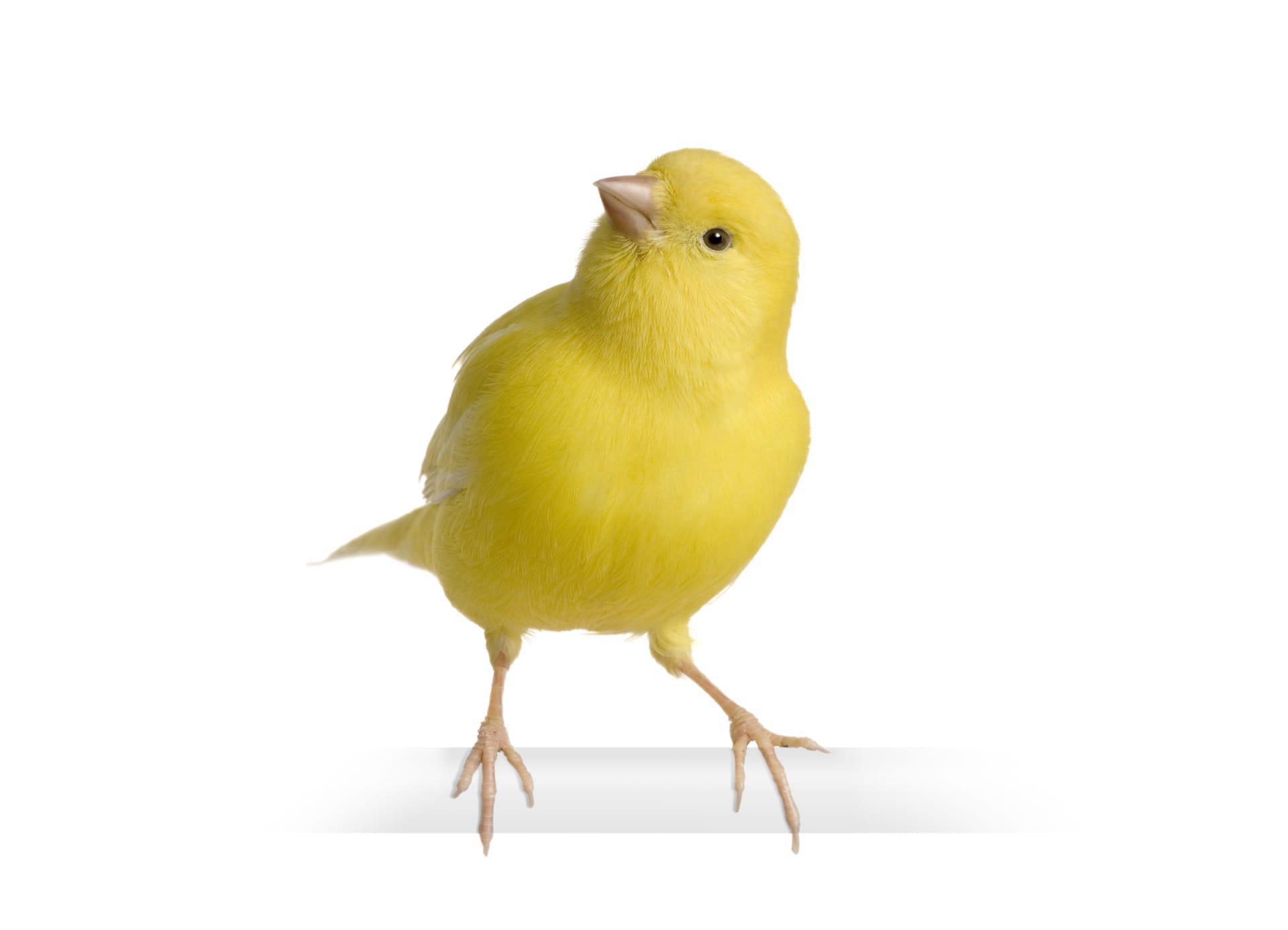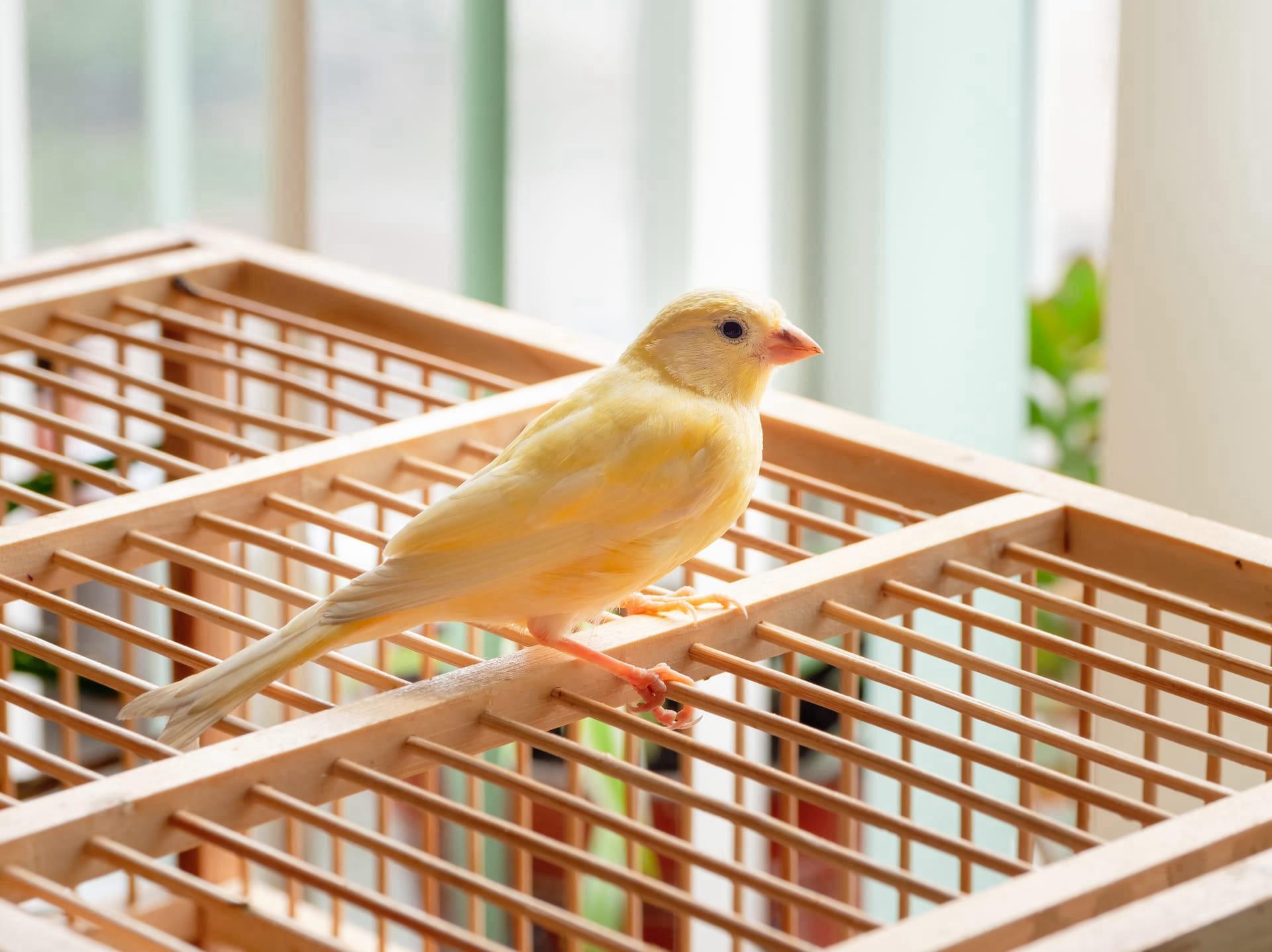Canary Characteristics
- Home /
- Mini Encyclopedia /
- Animal /
- Canary Characteristics
1
The Canary, a small yet charming bird, is known for its vibrant yellow plumage and melodic song. These petite birds typically measure around 5 to 8 inches in length, striking a delicate balance between size and agility. Canaries have a relatively long lifespan for birds of their size, often living up to 10 years, though some have been known to reach the ripe age of 15 with proper care. Their vivid feathers and lively nature make them a favorite among bird enthusiasts.
One of the most remarkable organs of the Canary is its syrinx, located at the base of its trachea. This unique organ is the secret behind their melodious voice. Unlike humans, who have a single larynx, canaries have a syrinx with two sides, allowing them to produce two different pitches simultaneously. This intricate structure is finely controlled by a set of muscles, enabling the Canary to create a wide range of sounds and intricate songs, a trait that has fascinated bird lovers for centuries.

2
Question: Why do Canaries sing so much and so melodiously?
Answer: Canaries are natural songbirds, and their singing is primarily a mating call used by males. The songs are a display of strength and vitality, aimed at attracting females and establishing territory. The complexity and volume of a Canary's song are directly linked to its health and vitality. The melody and frequency of these songs vary greatly, with some breeds known for specific patterns and tunes. Environmental factors like daylight exposure and social interaction also play a significant role in their singing behavior, making the presence of a receptive audience (human or otherwise) a catalyst for their enchanting performances.

3
Canaries are known for their active and agile movements. They are not just beautiful singers but also lively and dynamic creatures. In the wild, these birds are incredibly agile flyers, adept at quick turns and fast flight. This agility helps them evade predators and navigate through dense foliage. In captivity, they exhibit a similar zest for movement, often seen hopping and fluttering around their cages with remarkable energy.
As for their feeding habits, Canaries primarily feed on a diet of seeds, with a particular fondness for canary seed, millet, and hemp. In the wild, they also supplement their diet with various insects, providing essential proteins. This combination of seeds and insects ensures a balanced diet, crucial for maintaining their energy levels and vibrant plumage. In captivity, a diet that mimics this natural variety, including fresh greens and occasional protein sources like egg food, is vital for their health and wellbeing.

4
Canaries naturally inhabit a range of environments, primarily in the Macaronesian Islands, including the Canary Islands, Azores, and Madeira. These environments are typically characterized by subtropical climates, with moderate temperatures and abundant vegetation. These conditions provide ample food sources and nesting opportunities. In the wild, Canaries prefer open woodlands, gardens, and orchards, where they can find both shelter and food.
In terms of reproduction, Canaries usually breed during the spring and early summer. They are known for their intricate nests, which the females weave with remarkable skill using twigs, grasses, and other materials. A typical clutch consists of 3 to 5 eggs, which are incubated for about 13 to 14 days. Both parents participate in feeding and caring for the young, which fledge approximately 2 to 3 weeks after hatching. The breeding process highlights their strong parental instincts and the importance of a secure and nourishing environment for raising their young.

5
Book: "The Canary Handbook" by Matthew M. Vriends and Tanya M. Heming-Vriends. This book, published in the United States in the early 2000s, offers a comprehensive guide to Canary care, health, and breeding. The authors, both experienced in avian care, provide detailed insights into the species' history, nutritional needs, and common health issues. The book is especially renowned for its practical advice on keeping Canaries happy and healthy in a home environment.
Book: "Canaries: A Complete Pet Owner's Manual" by Otto von Frisch. Published in Germany in the late 1990s, this book delves into the fascinating world of Canaries, covering topics from their history and varieties to practical care tips. Otto von Frisch, known for his expertise in ornithology, provides a detailed overview of the species, including insights into their behavior and communication. The book is well-regarded for its blend of scientific information and practical advice, making it a valuable resource for both novice and experienced Canary enthusiasts.